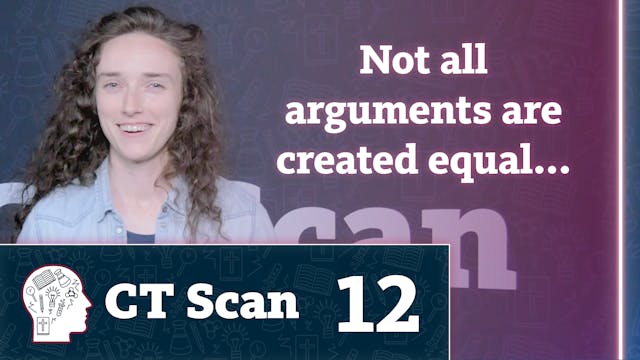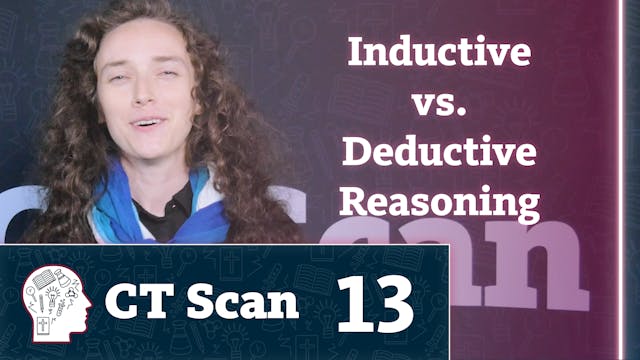CT Scan: Critical Thinking Scan
Critical Thinking Check #6: Check the Interpretations
Season 1, Episode 10
•
23-Oct-2020
often, unbiblical messages may sound true because they contain real facts. But they also likely involve many assumptions, which are presented like facts. To separate data from assumption, as which parts of a message are facts from observational science, and which parts are interpretations from historical science. Then, consider a biblical way to interpret those same facts.
Up Next in S1: Critical Thinking 101
-
Critical Thinking Check #7: Check the...
By now in the critical thinking process, you will have already caught many potential fallacies in a message, including Appeals to Authority, Equivocation and Either-or Fallacies. But other faulty arguments, such as Circular Reasoning, Appeals to Probability, or Faulty Generalizations, may still l...
-
What IS an Argument, Anyway?
Not all arguments are equally logical. In logic, an argument is a set premises which work together to support a conclusion. Deductive arguments try to prove a conclusion is true, while inductive arguments try to imply a conclusion is probable. Being able to recognize a sound deductive argument wi...
-
Inductive vs. Deductive Reasoning
Can science really prove‚ things? To find out, let's look at the difference between two types of reasoning. Deductive reasoning starts with a known big picture' of reality and draws little bits of information from it. Inductive reasoning, however, starts with little bits of information and tries...



